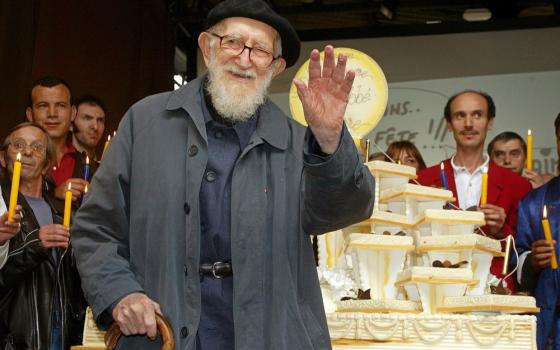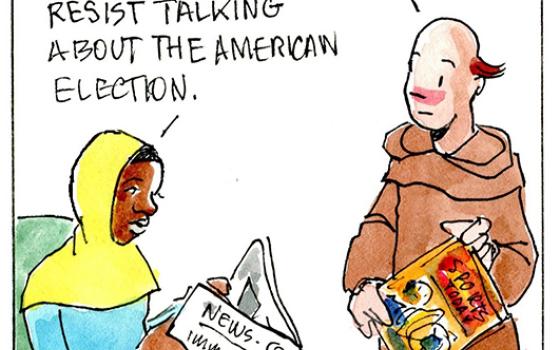Creditors voting on competing compensation plans in the St. Paul-Minneapolis Archdiocese bankruptcy proceedings threw broad support behind their own committee's proposal, while largely rejecting an alternative put forth by the archdiocese.
According to the creditors' lawyers, 94 percent of the 406 ballots counted Thursday — out of a total of 447 eligible voters, all of them survivors of clergy sexual abuse — backed the creditors' committee plan; roughly 93 percent voted to reject the archdiocese's proposal, with 6 percent accepting it.
The vote represented the first time in a U.S. diocesan or religious order bankruptcy that creditors were presented with competing plans to approve or reject. Creditors had the option on the ballot to accept one plan and reject the other, to accept both plans, or to reject both plans. They also were to indicate whether they preferred one plan over the other or if they had no preference.
The creditors' plan seeks $80 million from the archdiocese and would allow abuse survivors to pursue further litigation against archdiocesan insurers, which their lawyers believe have potential value over $1 billion. In addition, it would make public the full investigation into alleged sexual misconduct by former Archbishop John Nienstedt, who resigned in June 2015.
More: Memo: Vatican nuncio quashed sexual misconduct inquiry of Archbishop Nienstedt (July 21, 2016)
The archdiocese's plan would provide between $155 million to $162 million, with $13.8 million coming from the archdiocese, and the bulk from its 14 insurers. It would also set up a $500,000 counseling fund for victims of sexual abuse.
While creditors showed a strong preference toward the compensation plan put forward by their committee, the final decision will rest with the U.S. Bankruptcy Court Judge Robert Kressel. The next hearing is set for May 18.
"The results of the vote demonstrate the strength and unity of the survivors," Jim Keenan, chairperson of the creditors' committee, said in a statement issued by the law firm Stinson Leonard Street, which is representing the committee in the bankruptcy case.
In a statement of his own, St. Paul-Minneapolis Archbishop Bernard Hebda appeared to downplay the significance of the voting results, saying "It is my understanding that the balloting was intended to inform the Bankruptcy Court as to how many creditors consent to confirmation of the proposed Plans. Given that the outcome of the balloting does not necessarily dictate any one particular result, we will continue to look to the Court for guidance as we proceed."
Hebda said that he believed the archdiocese's plan "provides a fair and just resolution" and cautioned that the longer the legal process continues, the more attorneys' fees and other related costs will eat into the settlement funds ultimately available to survivors.
Both the archdiocese and creditors have twice amended their initial plans they put forth last May and August, respectively.
More: Twin Cities archdiocese puts forth amended bankruptcy plan (Nov. 16, 2016)
The latest compensation proposal from the archdiocese more than doubles the initial plan that set aside $65 million. But lawyers for the creditors have criticized that the plan relies too heavily on insurers, who would provide upwards of $122 million of the total funds, and that the archdiocese's contribution represents only a fraction of the assets that they argue surpass $1 billion.
A large portion of those assets under question is represented in the archdiocese's 187 parishes, which under a Minnesota law dating back to 1858 are separately incorporated. In July 2016, a judge rejected a creditor motion to consolidate the parishes and 10 other separately incorporated organizations into the bankruptcy process.
Lawyers for the creditors have also argued that the compensation should be compared to other dioceses where there was a period of open statute of limitations with regard to child sexual abuse.
The 2013 Minnesota Child Victims Act opened a three-year window into its statute of limitations, closing last May. Half of the state's Catholic dioceses have filed for bankruptcy since the window opened, with the St. Paul-Minneapolis Archdiocese doing so in January 2015. The Duluth Diocese declared bankruptcy in December 2015, and the New Ulm Diocese filed for reorganization in March.
[Brian Roewe is an NCR staff writer. His email address is broewe@ncronline.org. Follow him on Twitter: @BrianRoewe.]




